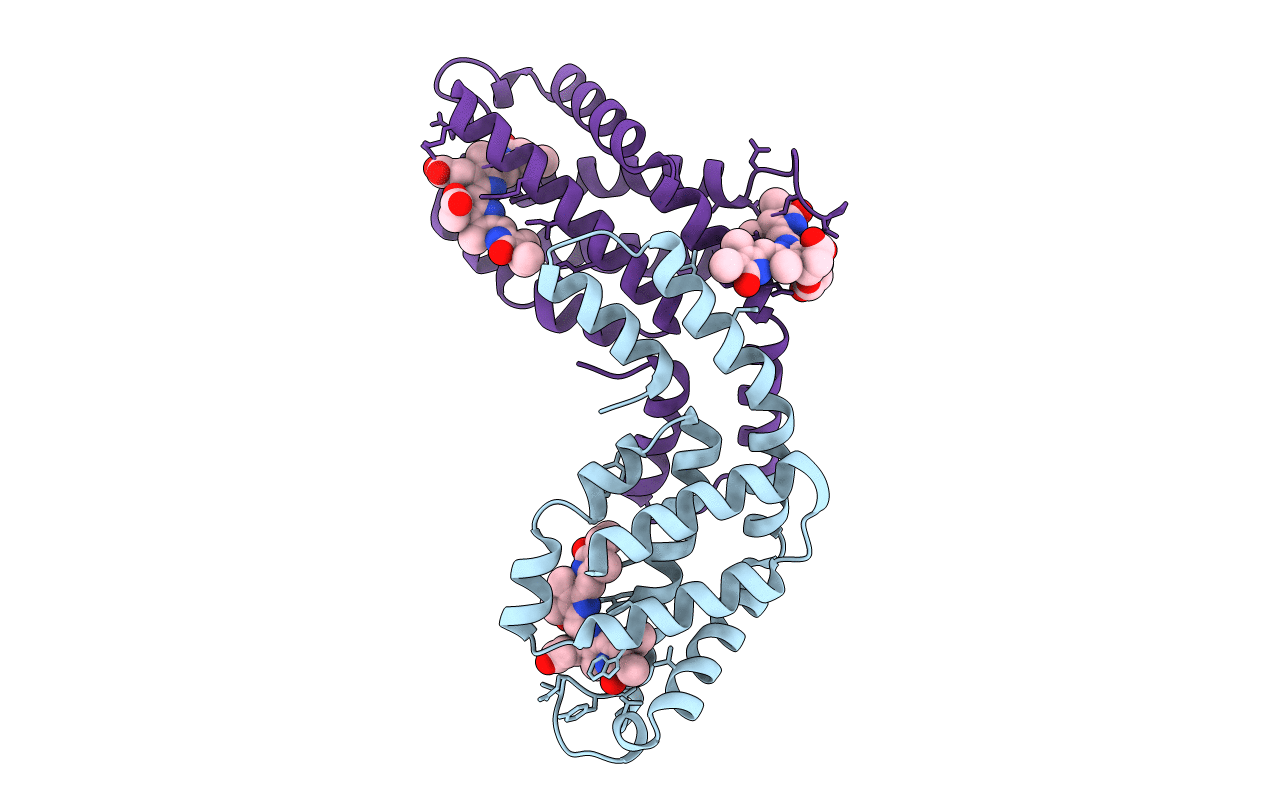
Deposition Date
2010-07-21
Release Date
2010-11-03
Last Version Date
2023-09-06
Entry Detail
PDB ID:
3O18
Keywords:
Title:
Crystal structure of c-phycocyanin from Themosynechococcus vulcanus at 1.35 angstroms resolution
Biological Source:
Source Organism:
Thermosynechococcus vulcanus (Taxon ID: 32053)
Method Details:
Experimental Method:
Resolution:
1.35 Å
R-Value Free:
0.22
R-Value Work:
0.20
R-Value Observed:
0.21
Space Group:
H 3 2


